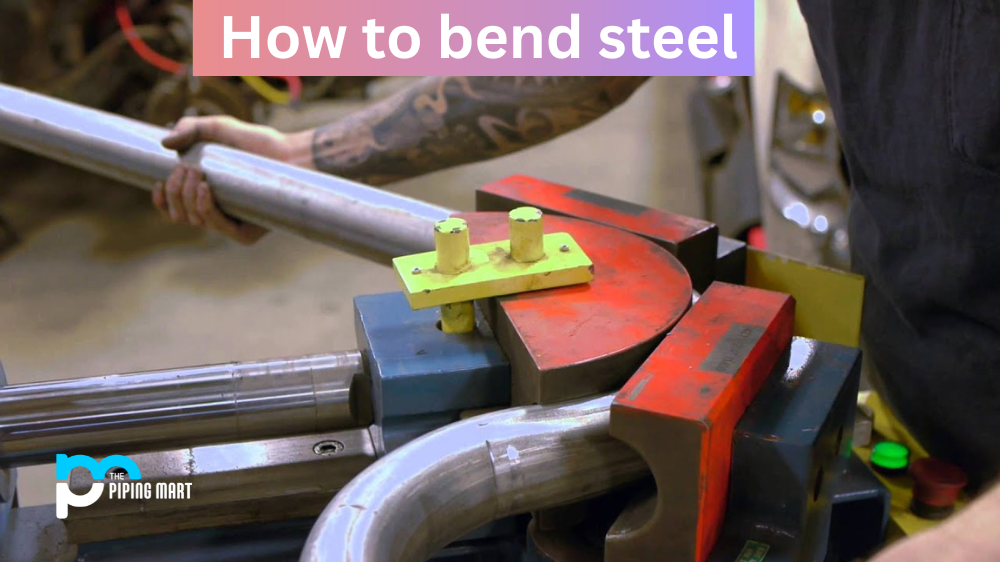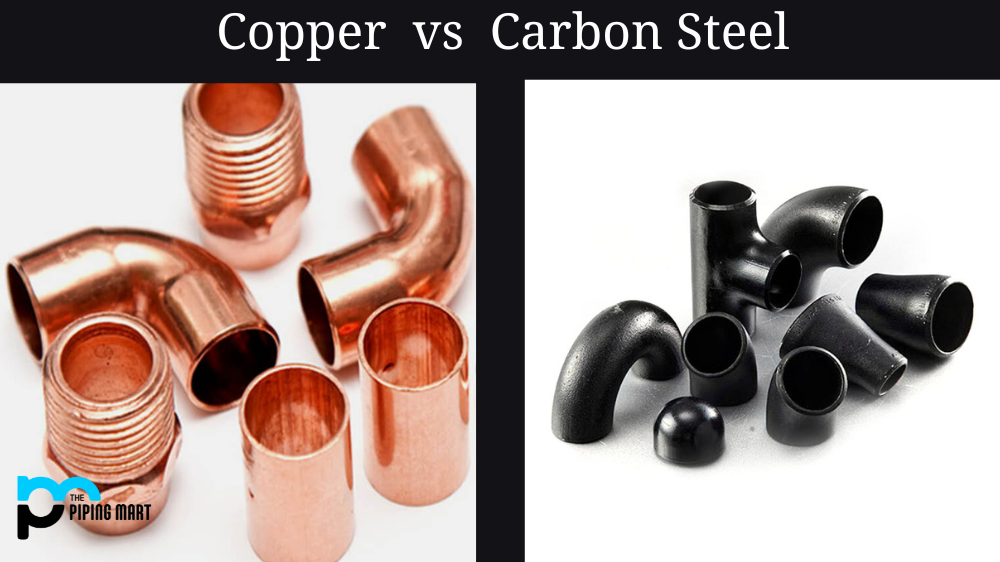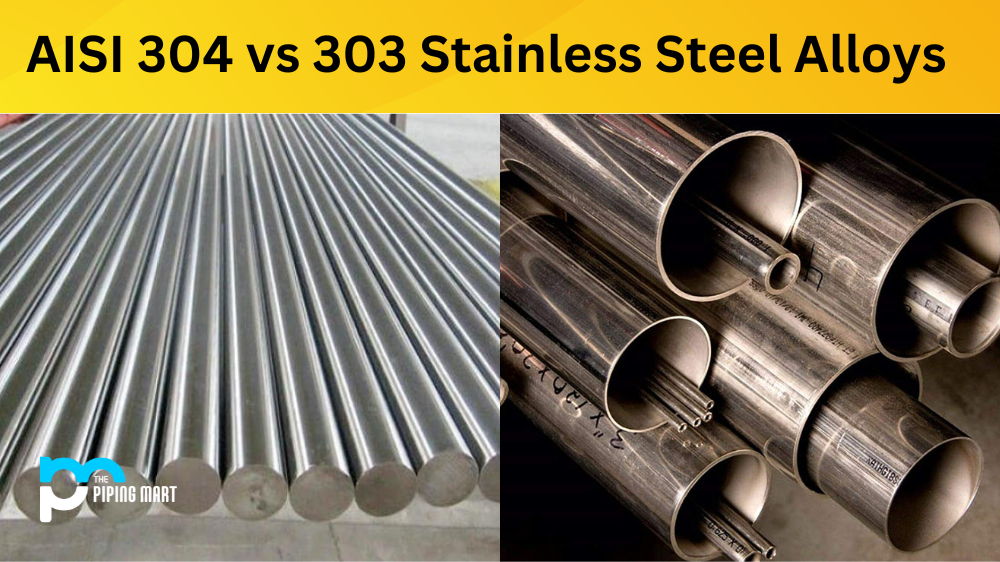Steel is a strong and durable metal that can be found in a variety of shapes and sizes. It is commonly used in the construction industry for its strength and versatility. While steel is an incredibly useful material, it can be difficult to bend into the desired shape without the right tools or knowledge. This guide will provide you with easy step-by-step instructions on how to bend steel safely.
Tools You’ll Need
Before attempting to bend steel, you’ll need to make sure you have the right tools. First, gather a pair of heavy-duty gloves, safety glasses, and ear protection for protection from potential debris or sparks during the process. Next, you’ll need a tool specifically designed for bending steel; either a hydraulic bender or a mechanical bender will do the trick, depending on your project’s size. If you’re working on something smaller, consider using an anvil or a hammer, as well as some clamps to secure the steel while bending it.
Preparing Your Steel
When prepping your steel for bending, make sure that it’s free of any dirt or rust that could interfere with the process. Cleaning your steel with sandpaper or a wire brush is recommended before beginning. Once clean, measure out your desired length and width so that you have precise measurements for when you begin bending. It’s important to account for any extra length due to possible stretching during the bending process as well.
Bending Steel
Now comes the time for actually bending the steel! Depending on which bender you have chosen, place your piece of steel into position so that it lines up correctly with whatever tool you are using to bend it. Make sure your gloves are still on, and safety goggles are securely fastened before starting up any motorized equipment if necessary. Start by applying pressure gradually so that you don’t overbend; watch carefully as the metal begins to curve around until it reaches your desired angle or form factor before releasing pressure completely and allowing the piece of metal to cool down before handling further. If necessary, use some clamps after the cooling down period to hold the shape in place while welding together other pieces if needed; otherwise, disassemble from a device used for bending once cooled down completely before moving on to the next step of a project if applicable.
Conclusion:
For anyone looking to learn how to bend steel successfully into its desired shape quickly and safely, following this guide should help get them started! With proper preparation beforehand (i.e., gathering necessary tools like gloves/safety glasses/ear protection) along with taking gradual measures when applying pressure during the actual process itself (i.e., watching closely as the metal begins curving around until reaching desired angle/form factor), one should be able to start up projects involving bent pieces of metal shortly thereafter! As always, though–for bigger jobs especially–make sure to take additional safety precautions when working with large pieces of potentially hazardous materials such as steel! Good luck!

Meet Bhavesh, a seasoned blogger with a wealth of knowledge and experience. From metal products manufacturing to retail, Bhavesh has a diverse background in various industries and is dedicated to sharing his insights and expertise with readers.




